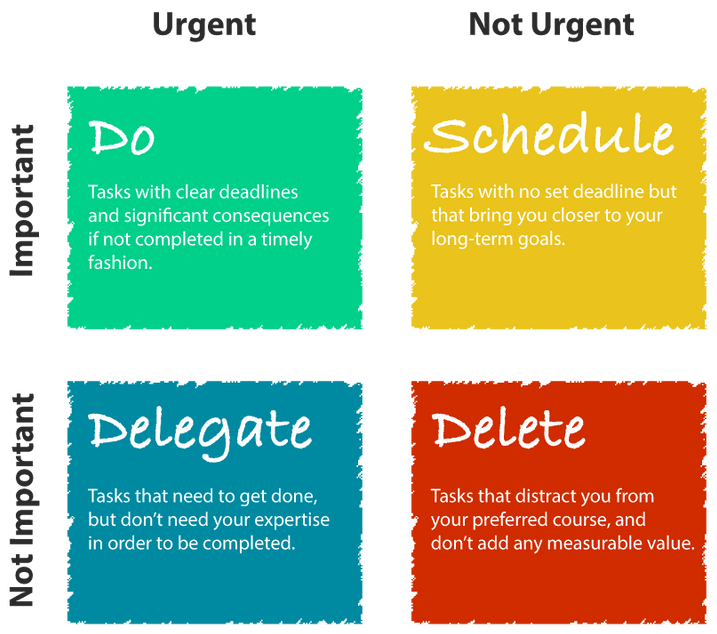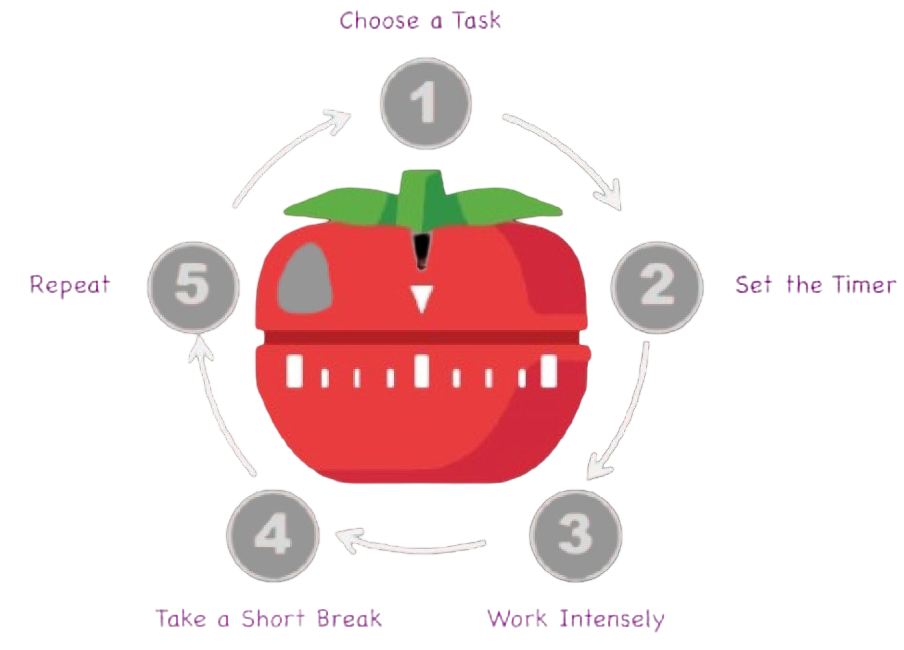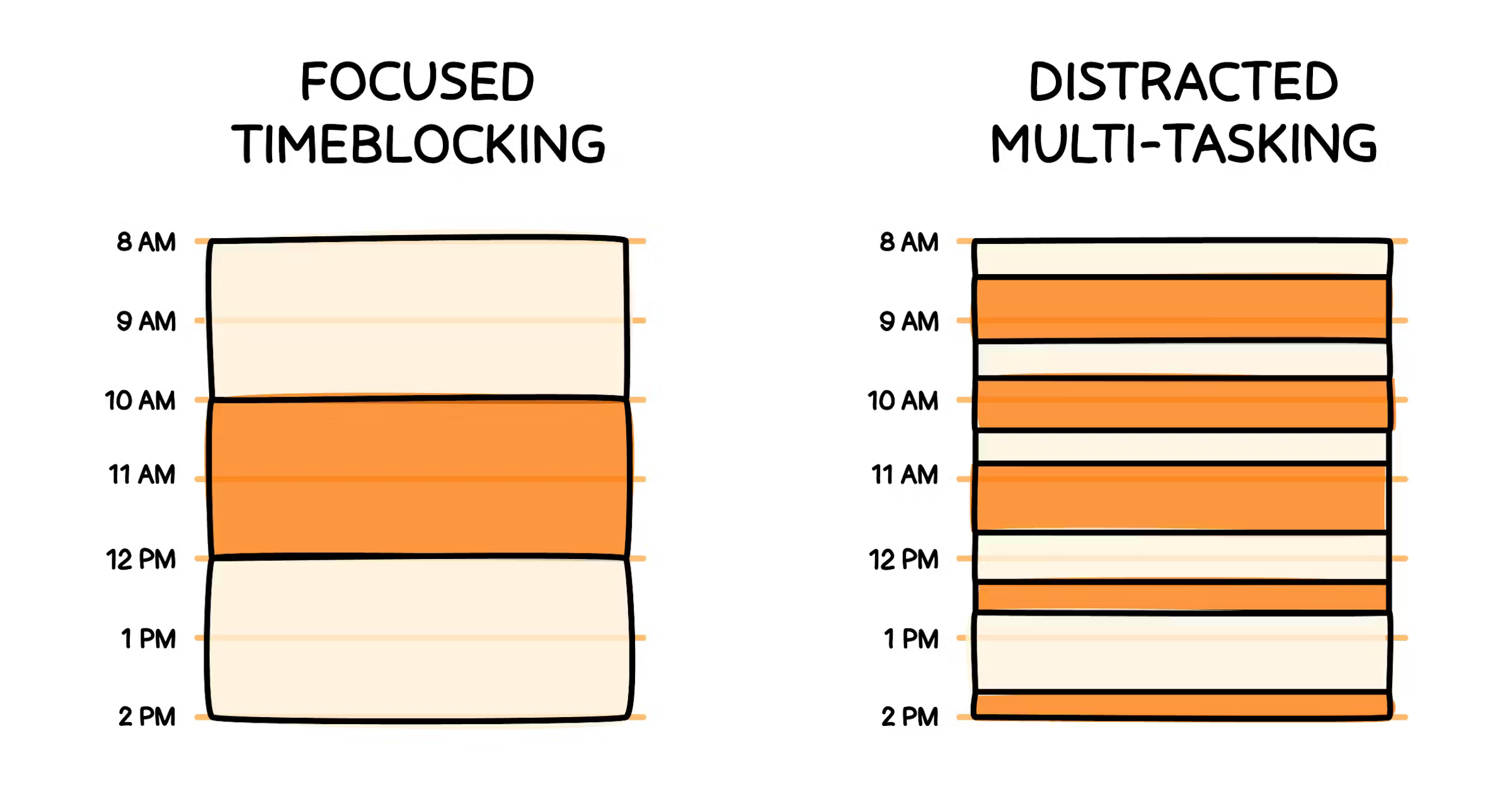Time
Craft Your Continuum
👉 There is no one size fits all approach when it comes to managing one’s time. We all have unique lives, with different schedules, responsibilities, and dreams. What works for me might not work for you, and that’s perfectly okay. My hope is that this article offers you a new perspective and helps you find a craft that truly works for you.
As leaders, whether in a boardroom or at home, our most precious and finite resource is time. Look, “time management” sounds like some corporate buzzword, but the reality is simpler, and far more critical. One thing I’ve realized after leading teams for over a decade is that… it’s not about stuffing more into your day; it’s about making your time work for you. It’s about getting significant things done.

Aphorisms
- Design ‘work-life integration’ before someone else does it for you.
- Master your time, or it will enslave you.
- Time is money. Waste it, and you’re broke.
- Sleep is for the weak—time management is for winners.
- Multitasking is a myth—focus or fail.
There is some truth to all of the above, but my observation is that they oversimplify time management by pushing rigid extremes, ignoring the nuanced balance needed to prioritize personal well-being, relationships, and meaningful work without sacrificing one for the other. A relevant fact - the average lifespan is 4160 weeks (check this out!).
Principles
Effective time management aligns your actions with your values and priorities, not rigid schedules. Here are a few core principles:
- Clarity: Know what you’re actually trying to build. Without a clear target, every minute is essentially wasted motion. You’re just reacting. This clarity acts as your compass.
- Leverage: Focus ruthlessly on the few things that truly move the needle. Most tasks are noise. A handful are signals. Don’t confuse urgent with important; the truly important stuff rarely screams for your attention.
- Boundaries: Defend your uninterrupted time; say “no” to noise. People will constantly try to steal your time.
- Intentionality: Design your days, don’t let them just happen. Don’t let your inbox be your to-do list. That’s a recipe for mediocrity. Decide what your most important work is, and then schedule it.
- Adaptation: Continuously review, learn, and refine your approach. Try something, see what works, what doesn’t. Your goals will shift, your context will change.
Frameworks
These frameworks offer structured approaches to maximize your time:
|
The Eisenhower Matrix: This simple yet powerful tool helps you categorize tasks into following four quadrants:
Takeaway: Leaders spend most of their time in the "Schedule" quadrant, proactively building for the future and investing in growth. |

|
|
|
The Pomodoro Technique: Work in focused, timed intervals (e.g., 25 minutes) followed by short breaks. This technique enhances focus and prevents burnout.
Takeaway: Encourage your teams to use this for focused work, and model it yourself during deep work sessions. |

|
|
|
Time Blocking: Dedicate specific blocks of time in your calendar for particular tasks or types of work. Treat these blocks as non-negotiable appointments.
Takeaway: This is crucial for leaders who need to juggle strategic thinking, meetings, and individual work. Block out time for planning, one-on-ones, and even personal reflection. |

|
How do I manage my time
For over a year, I’ve used a simple task-grouping method (learnit it from someone) that has significantly boosted my productivity and subtly shifted my mindset. It involves categorizing tasks into three buckets and I added a bonus fourth bucket:
- Have to - Essential, often non-negotiable tasks. Examples include delegating work, attending critical meetings, or paying bills.
- Need to - Important responsibilities that require attention. Examples include filling out self evaluations, share weekly progress reports, or get more sleep.
- Want to - Desirable activities that align with growth. Examples include mentoring, achieving milestones, learning AI, or pursuing a hobby.
- Growth Gutter - A place for negative experiences or tasks to acknowledge, learn from, and then mentally discard. Examples include an incident causing partners distrust and revenue loss, a failed project, or a significant personal mistake.
🙌 I use Pomodoro and Time Blocking frameworks to accomplish above tasks.
| Our social 7yr old struggled with focus in groups. On an acquaintance's advice, we tried a team sport flag football. Though the twice-a-week practices and Saturday games were initially a lot, especially playing in bad weather, we encouraged him to stick with it. He ended up making friends, enjoying the sport, and his team even made it to the finals after a 6 wins - 1 loss season! We were incredibly proud of his and the team's perseverance. My learning: Apart from me cherishing these memories, the positive leadership and consistent effort that helped my son develop focus, teamwork, and resilience, leading to significant growth and achievement... I realized through this process that I loved seeing my son get better at something that he truly enjoyed. I now 'Want to' be engaged. |

|
|

|
Let's be honest, tackling a sink full of dirty dishes rarely sparks joy. It's often a draining chore. However, I realized that pairing this chore with something enjoyable completely changes the experience. Now I listen to a podcast or interact with my kids while washing dishes. This has transformed a mundane task into a more engaging, or at least less draining, part of the day. My learning: A simple shift in mindset proves that even an unexciting chore (still falls in 'Need to' bucket) can become an opportunity for enjoyment or connection. |
During a recent trip with friends, we joked around the idea of adopting the above bucketing of tasks in our personal lives. Some of us were excited to try it out and re-evaluate in six months what improvements if any it brings. This in itself was an awakening. The overarching goal with this exercise is to move tasks as much as possible to Want to bucket and/or at least work together to accept them as obligations or necessities.
Takeaways
It’s undeniable that time is your ultimate leverage but let me share what has helped me so far:
- Schedule most demanding tasks during peak productivity hours.
- Do not put too much emphasis on task managers (e.g. Asana, Click Up, Agenda, etc.). I use Apple’s Reminders and Notes apps daily 🔗.
- Delegate effectively, empower your team and free up your own time for higher-level work.
- Schedule regular breaks to recharge and maintain focus.
- Protect your personal/family time fiercely – it’s crucial for your well-being and long-term leadership capacity.
Ultimately, mastering time requires actively integrating work and personal life through deliberate, self-aware choices that align with your core values, rather than letting external pressures dictate your priorities.

P.S. To each their own, but I must say that I have used various task maangers (Asana, ClickUp, Agenda, Structured, etc.) including their pro subscriptions and physical notebooks over the years but nothing has worked as effectively as these frameworks, tools, and task bucketing I described above.
